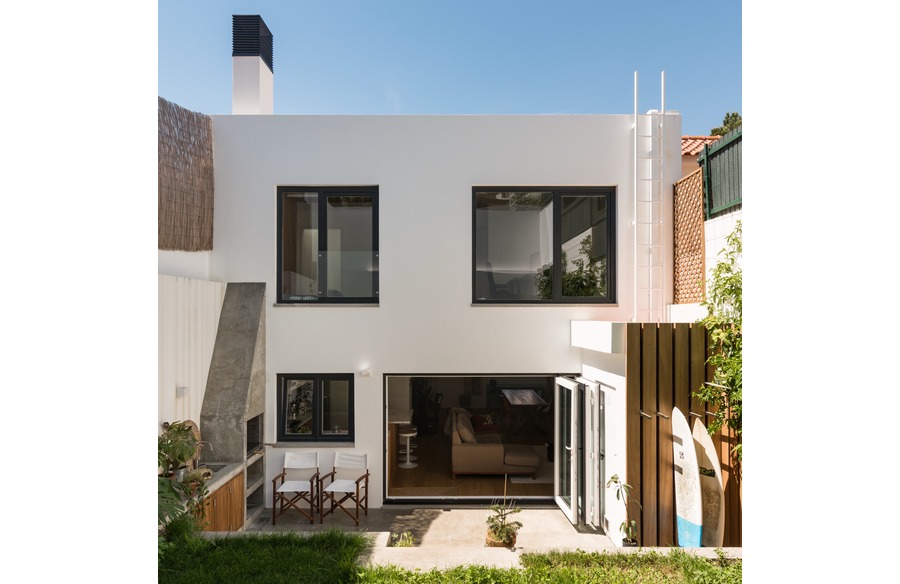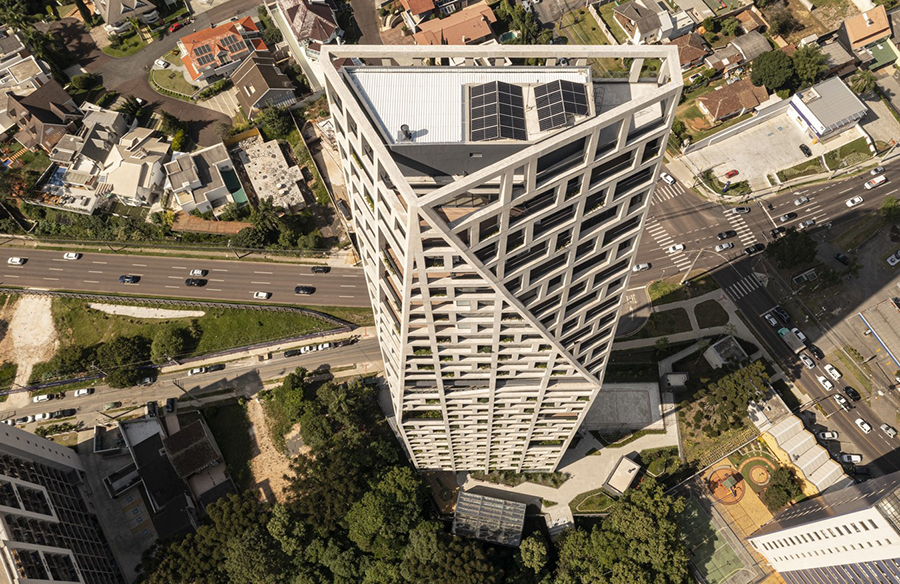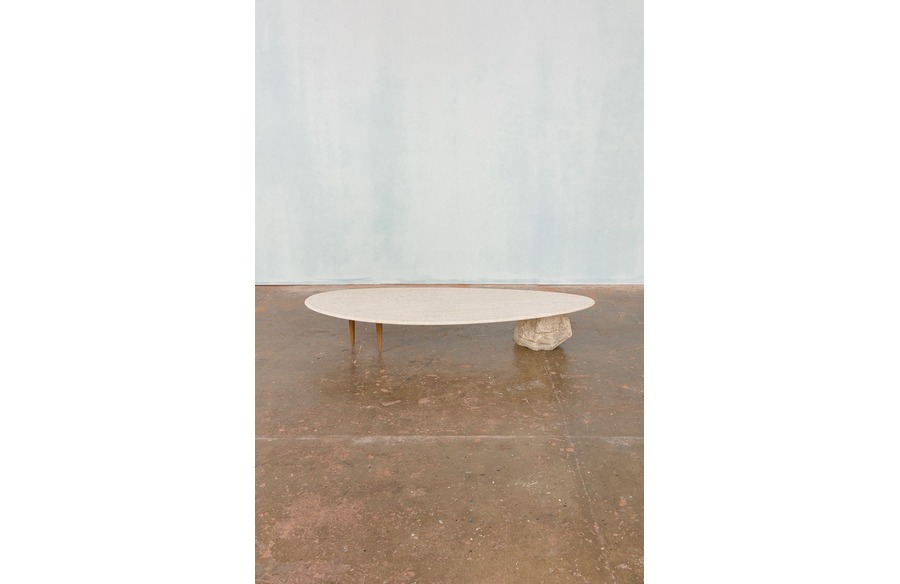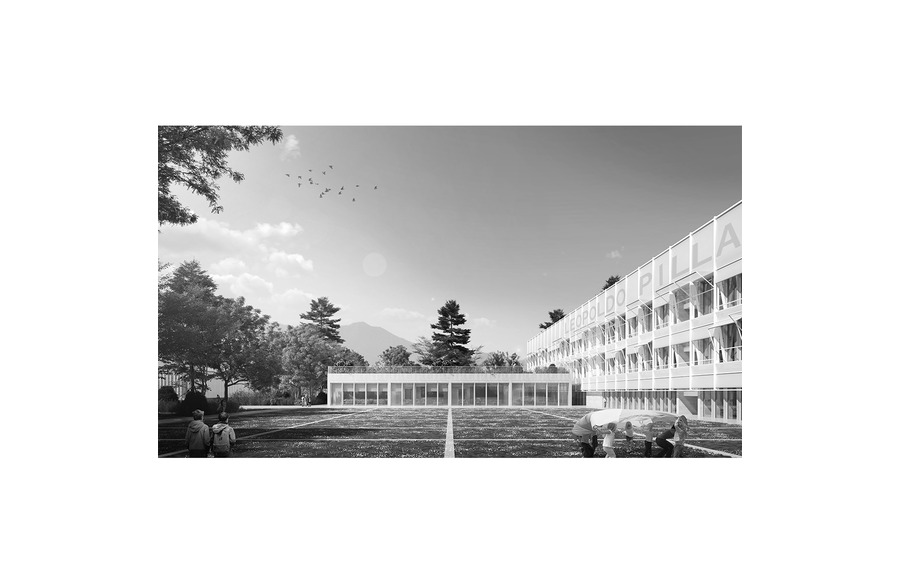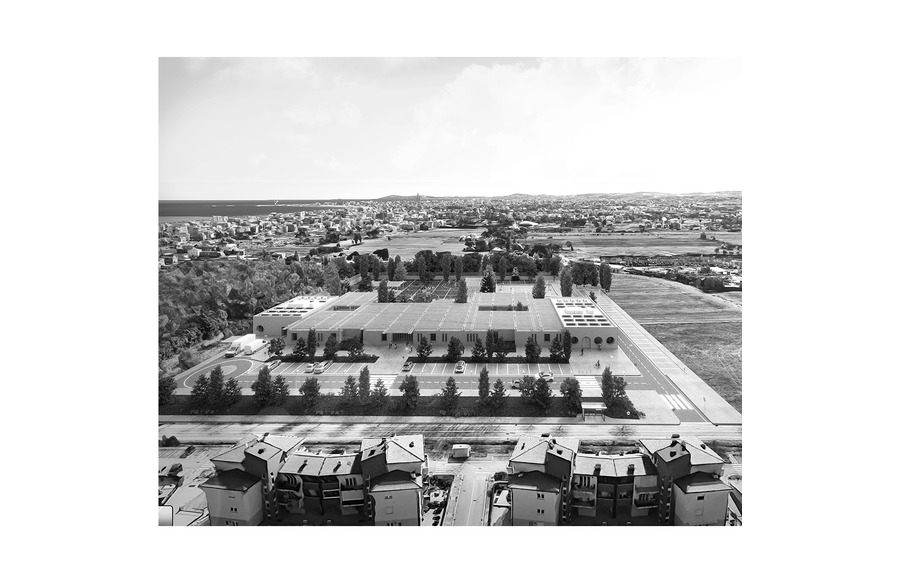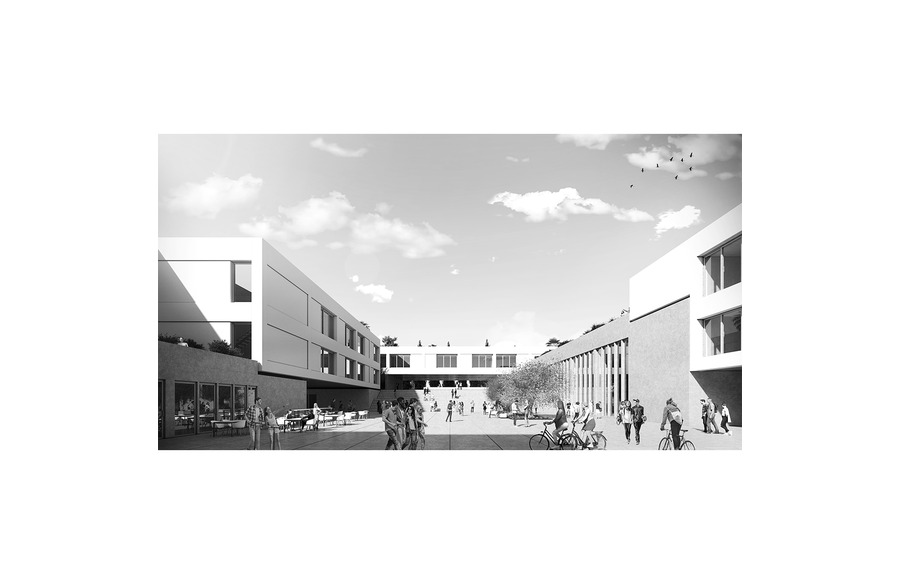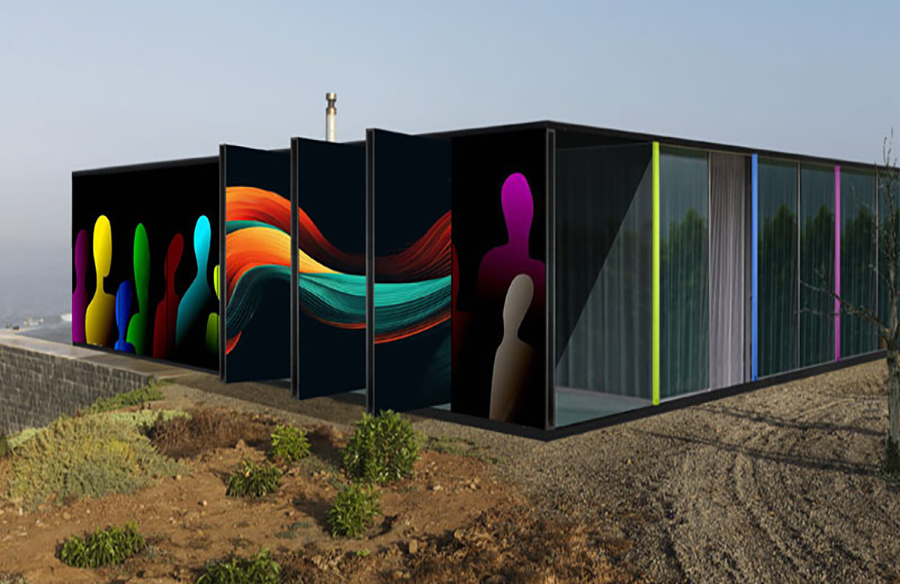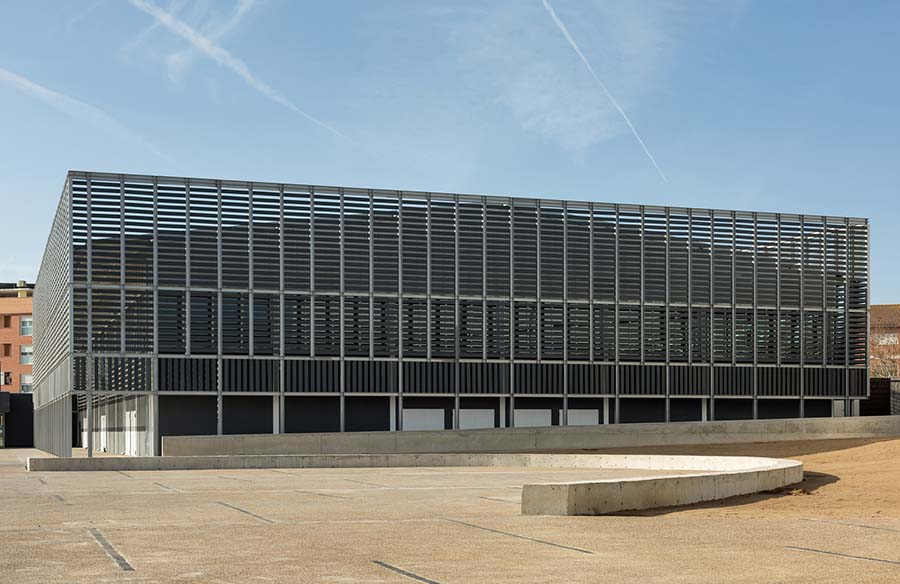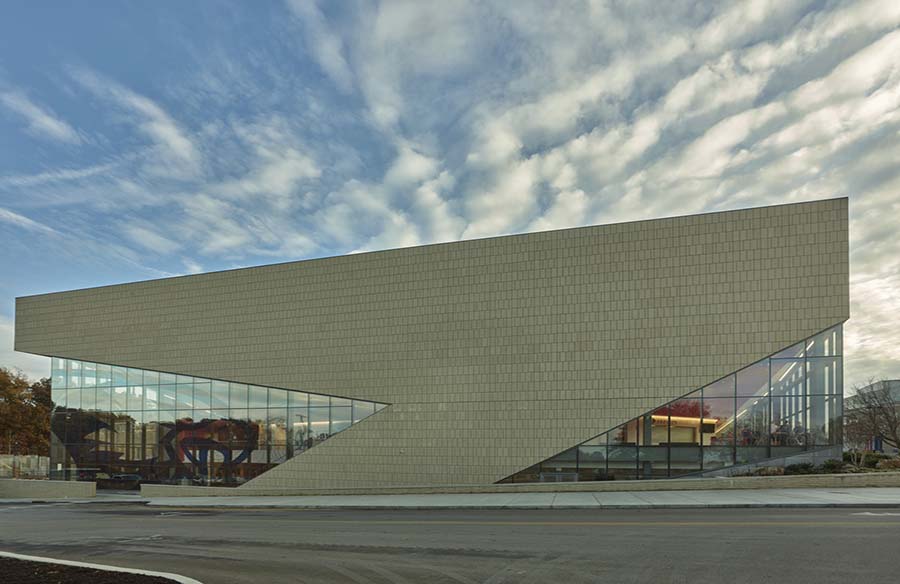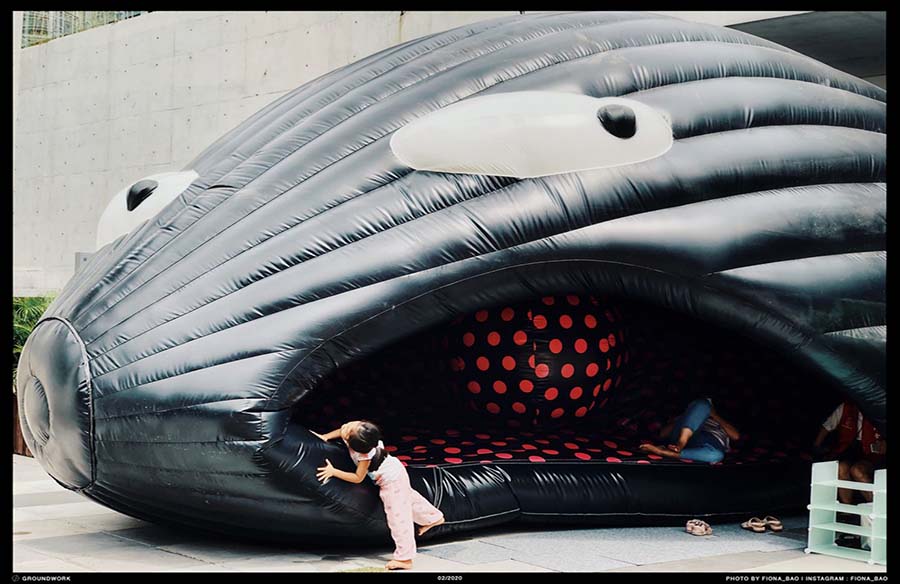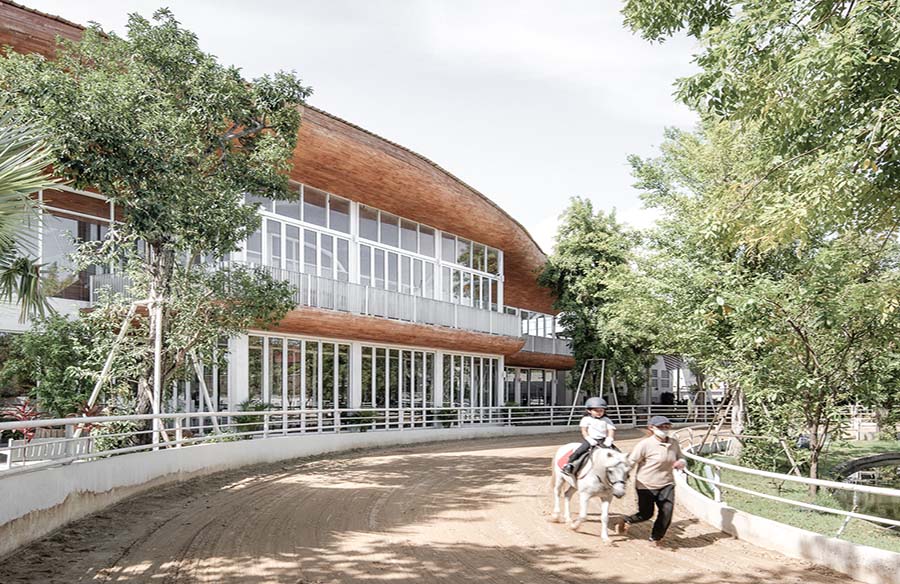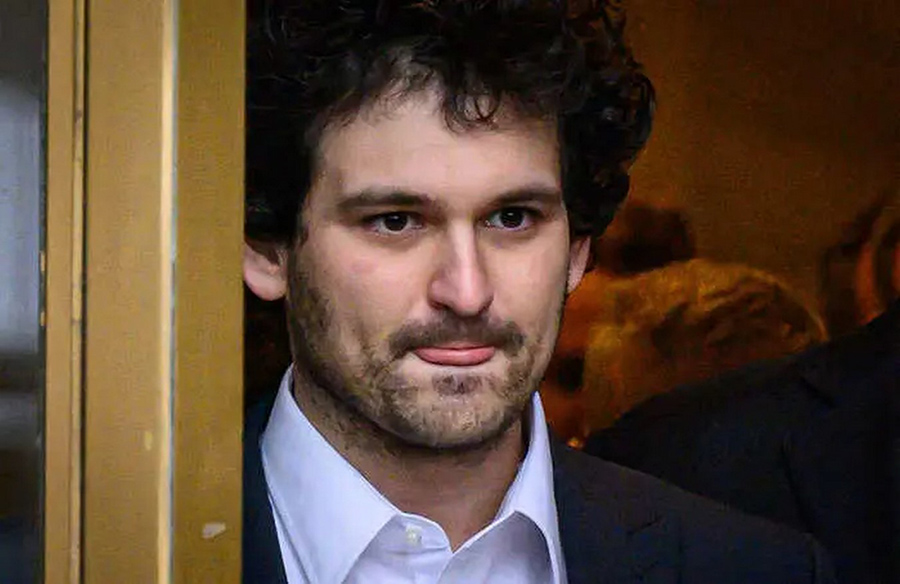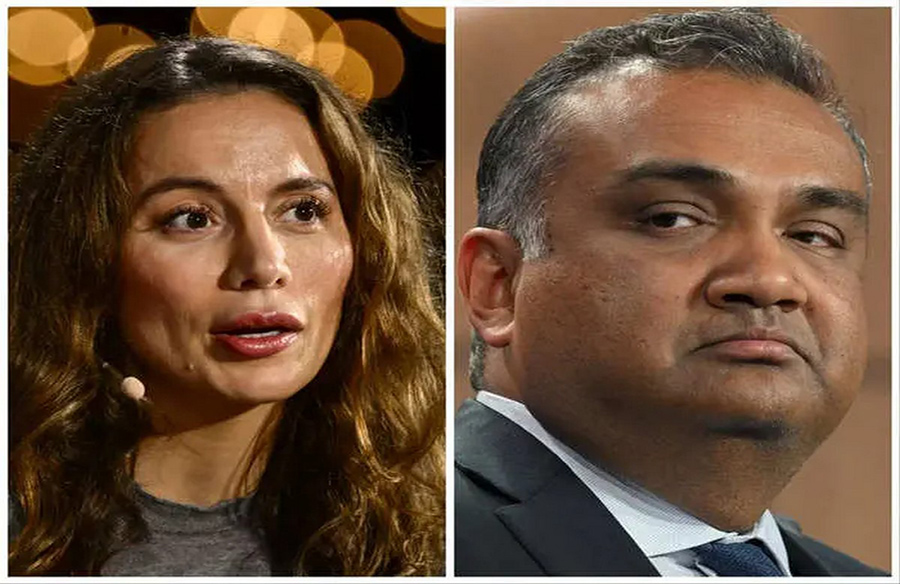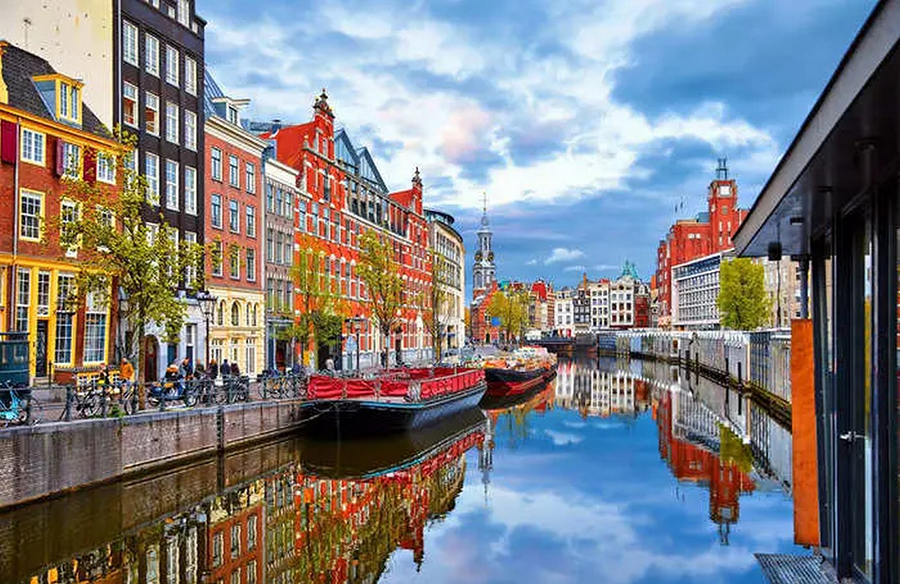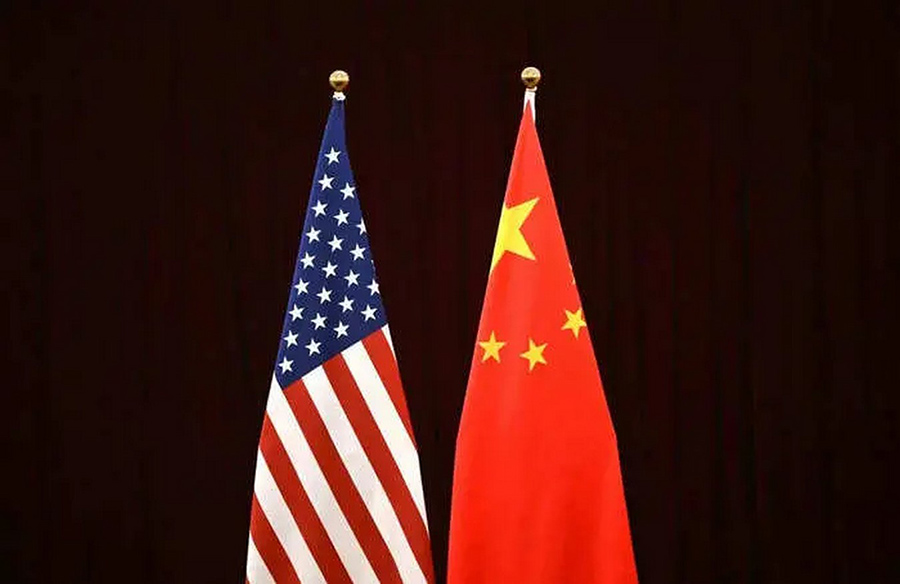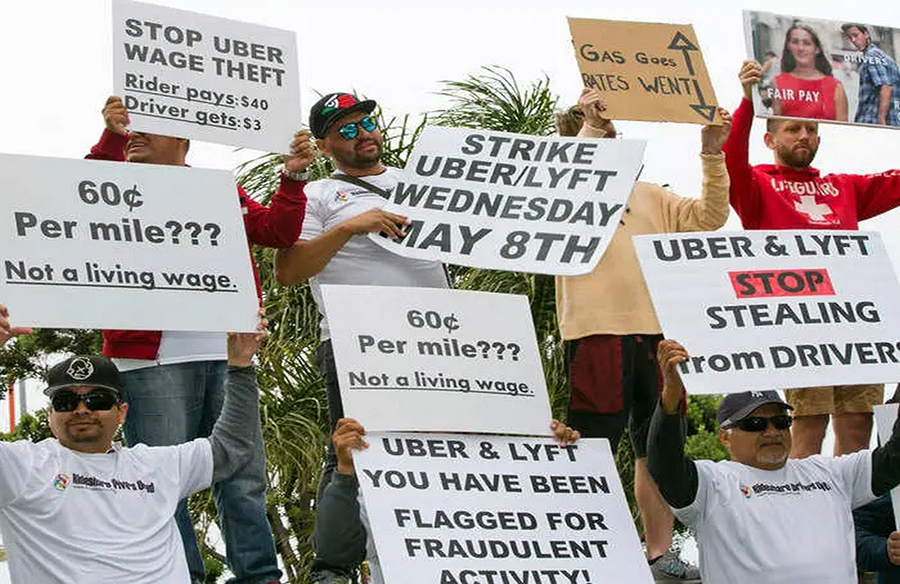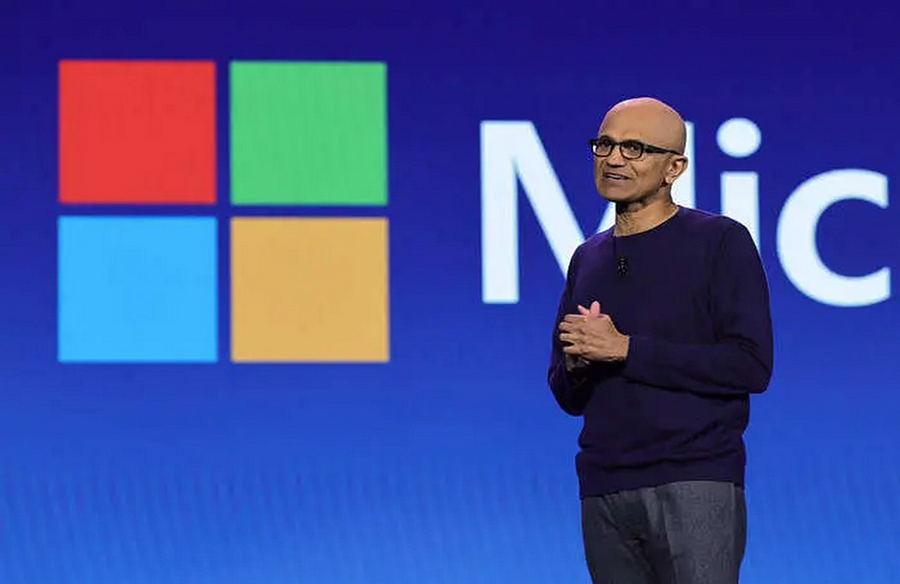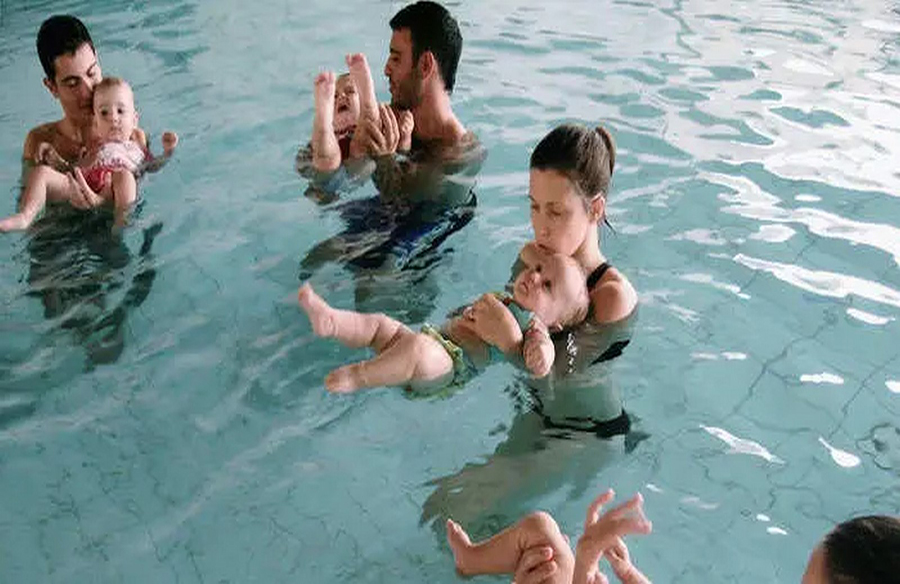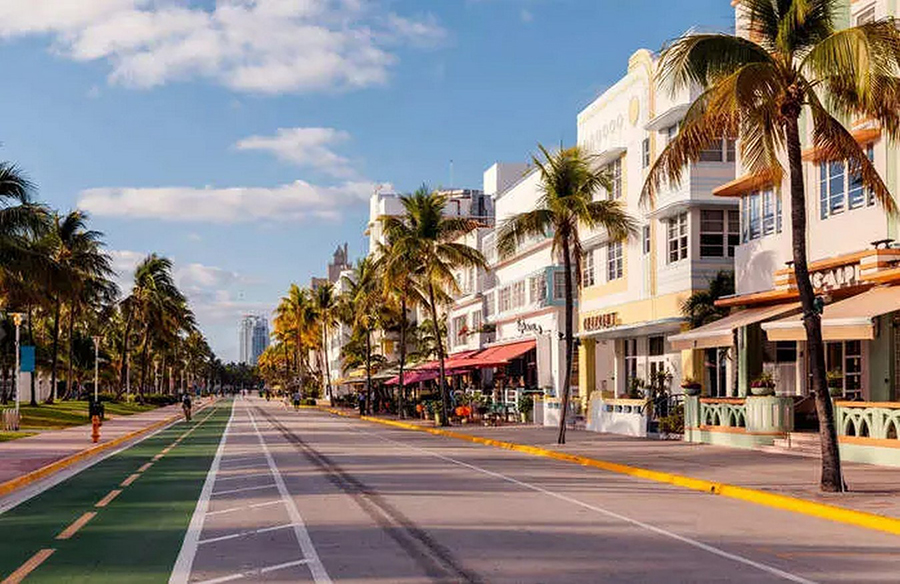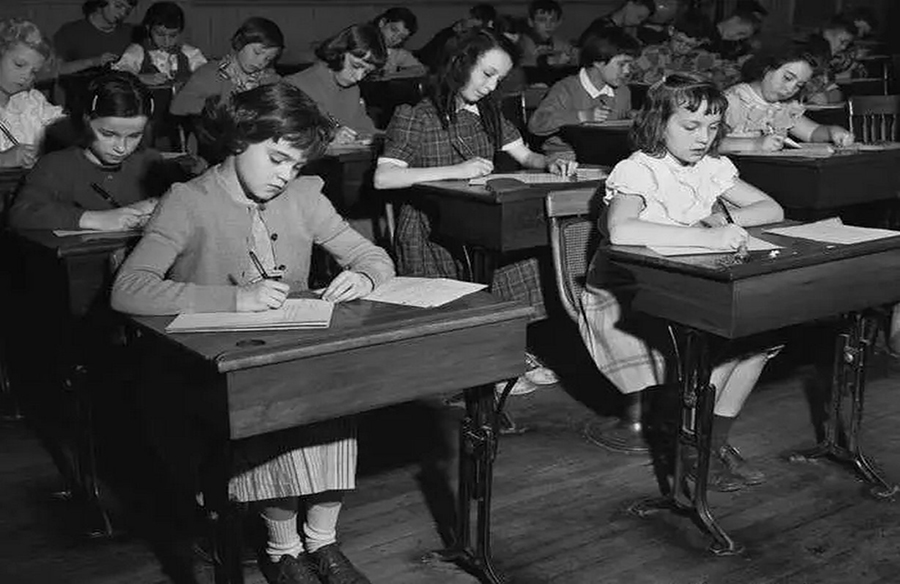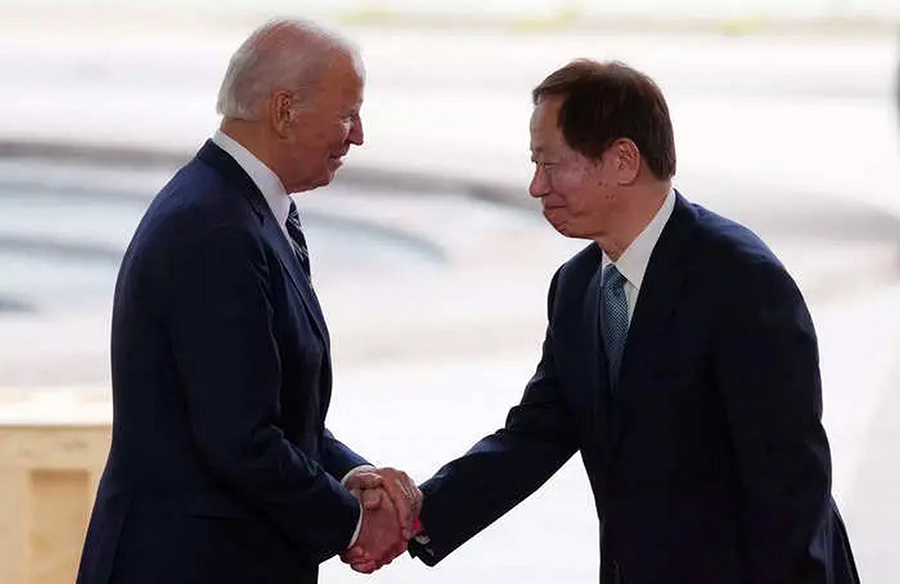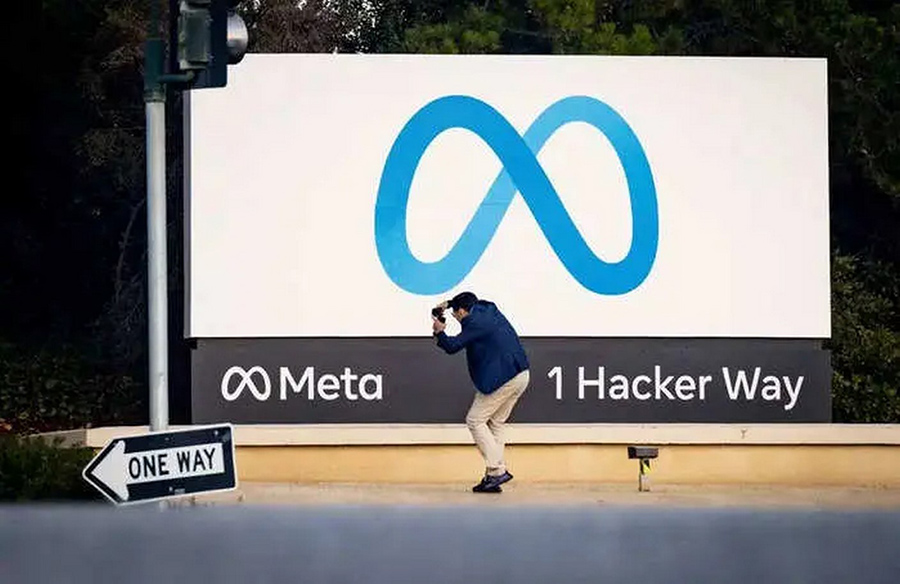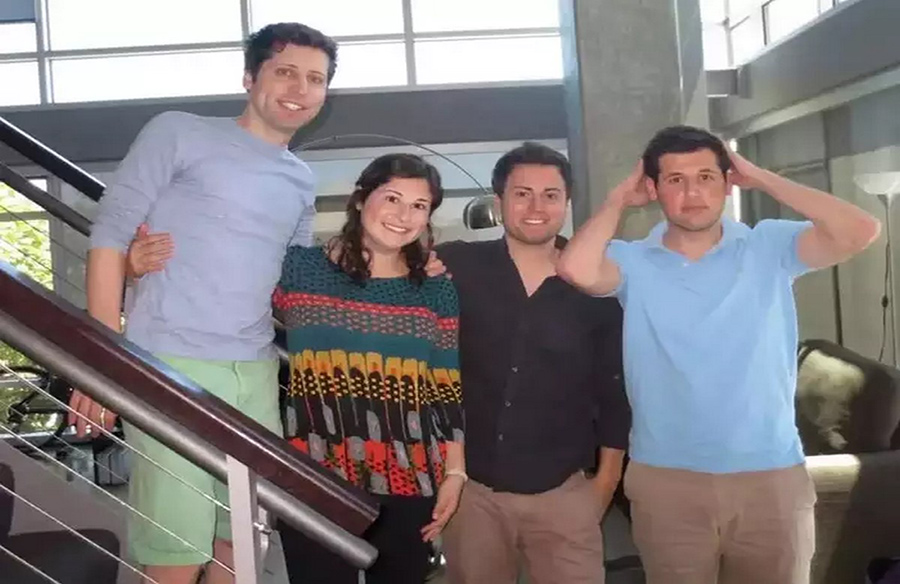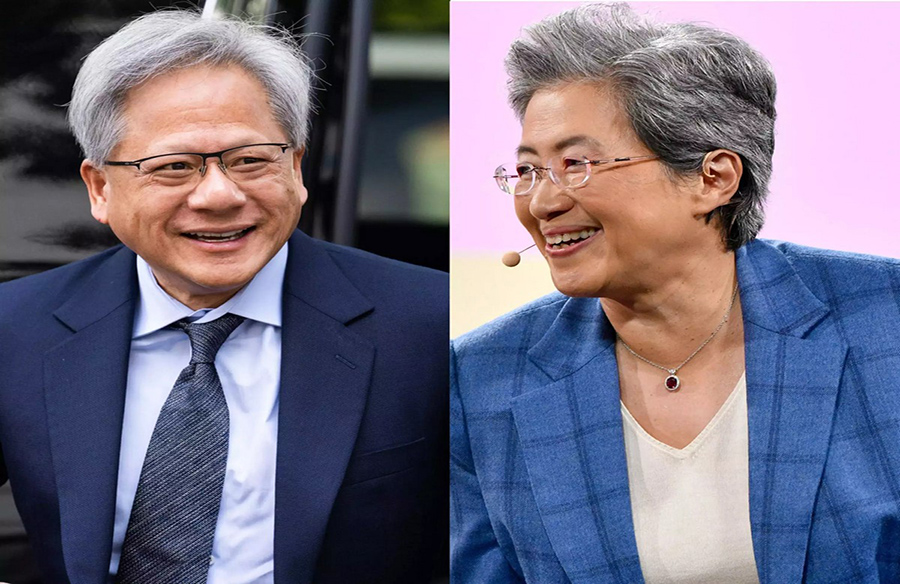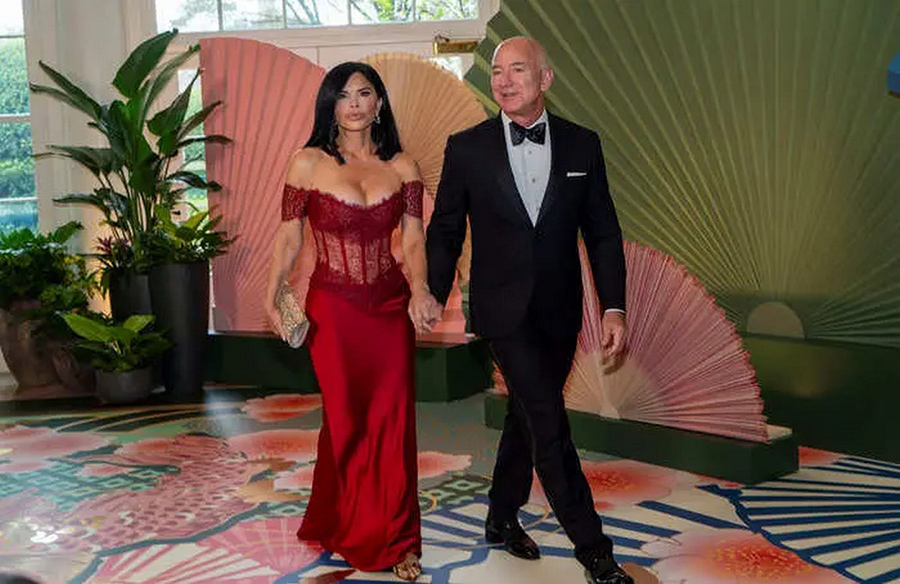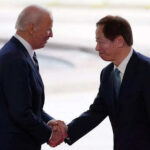Embracing the DINK Lifestyle: A Personal Journey

Michelle, a 34-year-old law firm partner based in North Carolina, never anticipated embracing the DINK lifestyle. DINK, short for double-income, no-kids, defines her and her husband’s choice to forgo parenthood in a world often centered around children.
A Shift in Perspective
Initially, Michelle assumed she would follow the traditional path of marriage and children, as societal norms dictated. However, as she and her husband matured, the desire for children never materialized. Michelle recalls a pivotal moment during the pandemic when she observed her friend group transition from childless to parents, solidifying her decision to remain child-free.
The Benefits of DINK Life
For Michelle and her husband, the DINK lifestyle offers freedom and opportunity. They prioritize travel, leisure, and personal fulfillment without the responsibilities of parenthood. Financially, being DINKs allows them to accumulate wealth at a faster rate compared to other family structures, enabling them to pursue their dreams and enjoy a comfortable lifestyle.
Societal Pressures and Misconceptions
Despite the advantages, Michelle acknowledges the societal stigma surrounding childlessness. Neighbors and acquaintances often assume parenthood as the default, leading to misconceptions and judgment. Michelle confronts criticisms of selfishness and societal expectations, defending her decision as a valid lifestyle choice.
Navigating Relationships and Social Dynamics
Michelle observes a divide between her friends with children and those without. The differing lifestyles and priorities sometimes strain friendships, leading to adjustments in social circles. While they maintain connections with friends who have children, they also forge new relationships with like-minded individuals whose lifestyles align more closely with theirs.
A Growing Trend
As Americans confront rising childcare costs and environmental concerns, the appeal of the DINK lifestyle grows. Surveys indicate a significant portion of non-parents opting out of parenthood due to various factors, signaling a shift in societal attitudes towards family structures.
Embracing Diversity in Family Structures
Ultimately, Michelle advocates for the normalization of the DINK lifestyle as a valid choice. She emphasizes the importance of respecting individual decisions regarding family planning and acknowledges the need for greater societal acceptance and understanding of diverse family structures.
In conclusion, Michelle’s journey reflects the evolving landscape of family dynamics in modern society. By embracing the DINK lifestyle, she asserts her autonomy and challenges traditional expectations, paving the way for a more inclusive and accepting society.


 English
English 
